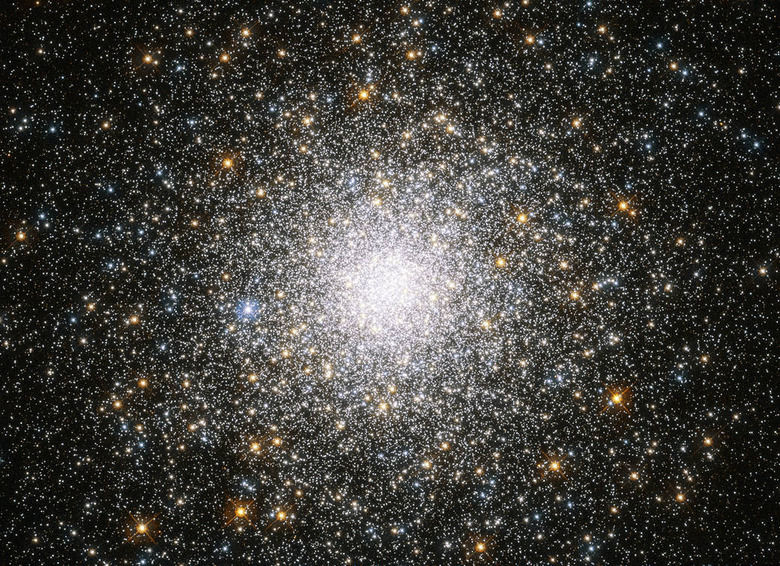A New Planet-Hunting Space Telescope Just Began Its Tour Of Duty
Technology capable of observing worlds outside of our solar system is advancing at a breakneck pace. In fact, researchers are currently grappling with what amounts to an embarrassment of riches, with far too many newly-discovered alien worlds to dedicate their time to studying.
That as it may be, it's not stopping scientists around the globe from wanting more. This week, they got just that, with the launch of the CHEOPS exoplanet hunter. The satellite, which will be operated by the European Space Agency, will peer deep into space, staring at distant stars and looking closely for the hints of planets that may be orbiting them.
The launch of the satellite, which took place on Wednesday after a launch window earlier this week was missed due to a "glitch," went smoothly.
"CHEOPS is 710 kilometers (440 miles) away, exactly where we wanted it to be, it's absolutely perfect," Didier Queloz, the 2019 Nobel Physics Prize winner, who was present for the launch, told AFP in an interview. "This is really an exceptional moment in European space history and in the history of the exoplanets."
CHEOPS — which is short for "CHaracterising ExOPlanet Satellite" — will be focusing primarily on exoplanets that are already thought to exist around distant stars. Sky surveys by NASA's TESS, for example, have revealed the presence of thousands of exoplanets, and satellites like CHEOPS will now do their best to gather data about those worlds and offer additional insights.
Understanding more about distant planets can help astronomers paint a clearer picture of the cosmos for all of us, while also potentially teaching us about the past and future of our own solar system. It'll be interesting to see what kind of discoveries CHEOPS is capable of making, and we won't have to wait long to find out. The telescope is expected to begin relaying its observations "within months."
